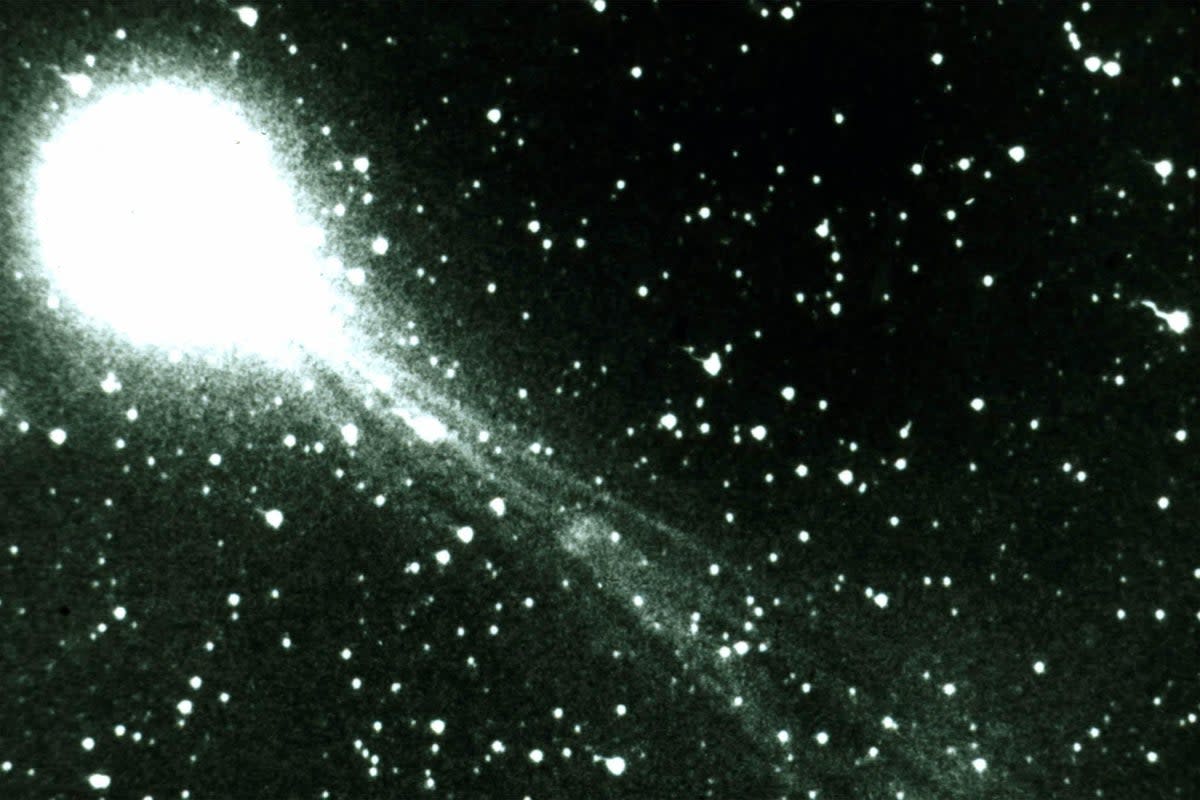Eta Aquariid meteor shower 2023: Hundreds of ‘shooting stars’ to light up night sky
The pre-dawn hours of 5 May will see the peak of the 2023 eta Aquariid meteor shower, offering up to 120-160 ‘shooting stars’ per hour.
This rate makes it one of the most spectacular meteor showers of recent years, despite a full moon on 5 May washing out some of the fainter meteors.
“A meteor shower is like a normal rain shower, with 50-60 meteors per hour,” said Bill Cooke, lead of Nasa’s Meteoroid Environments Office at the agency’s Marshall Space Flight Center in Huntsville, Alabama.
“An outburst is like a thunderstorm, with greater than normal meteor activity expected. A meteor storm is like a tornado, where meteor rates are over one thousand per hour.”
The eta Aquariids occur when the Earth passes through the debris trail of Comet Halley, most of which was ejected more than 3,000 years ago.

These space rocks burn up in the atmosphere, producing bright streaks across the night sky.
The best way to watch them is to find a place with minimum light pollution and allow 30 minutes for vision to become accustomed to the dark.
“The eta Aquariid meteor shower is viewable in both the Northern and Southern hemispheres, with higher rates of visibility to observers in the Southern Hemisphere,” Nasa wrote in a blog post.
“This is due to the radiant’s location in the constellation of Aquarius. Meteors will be observable after midnight, but the peak times are 3-4 a.m. until dawn... Look away from the moon and take in as much sky as possible.”
The next major meteor shower will be the Perseids, which peaks in mid-August.
